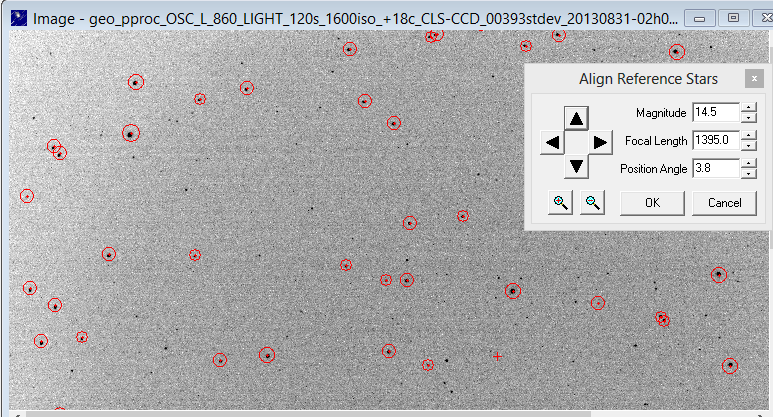
The electronics can include night vision (NV) technology that amplifies the photons reaching the eyepiece of a telescope to make faint objects more easily visible to the eye in real time. The focal length controls the field of view of the instrument and the scale of the image that is presented. In the past several years, however, many stargazers looking to see more have turned to an alternative to visual observing with ever-larger telescopes: electronically-assisted astronomy (EAA).ĮAA involves the use of electronic aids for the enhancement of astronomical viewing while at the telescope in nearly real time. or by the diameter of an aperture stop in the system. This line of thinking, which is quite understandable, inevitably leads to "aperture fever", the desire for bigger (and more expensive and cumbersome) telescopes. The focal length can be determined from any pair of stars, but it is best to.

It's something every amateur astronomer thinks at the eyepiece of their telescope: "I wish I could see just a little bit more." More detail, more light, and more deep-sky objects instead of the same old showpiece sights on the same old observing list year after year. Arcseconds Per Pixel (206.2648 x Camera Pixel Size in m) / Telescope Focal Length in mm FL 206.265 (pitch/fov) Using and a capture from my finderscope with QHY5-II mono fitted. mm etc., and theta is the angular distance between the two stars in the sky. Formula: Eyepiece Field of View / ( Telescope Focal Length / Eyepiece Focal Length ) Eyepiece Field of View: °. An Overview of Deep-Sky Electronically-Assisted Astronomy Calculate the actual field of view seen through the eyepiece. Color Correction & Minus Violet Filtersġ.Correctors, Focal Reducers & Flatteners.


 0 kommentar(er)
0 kommentar(er)
